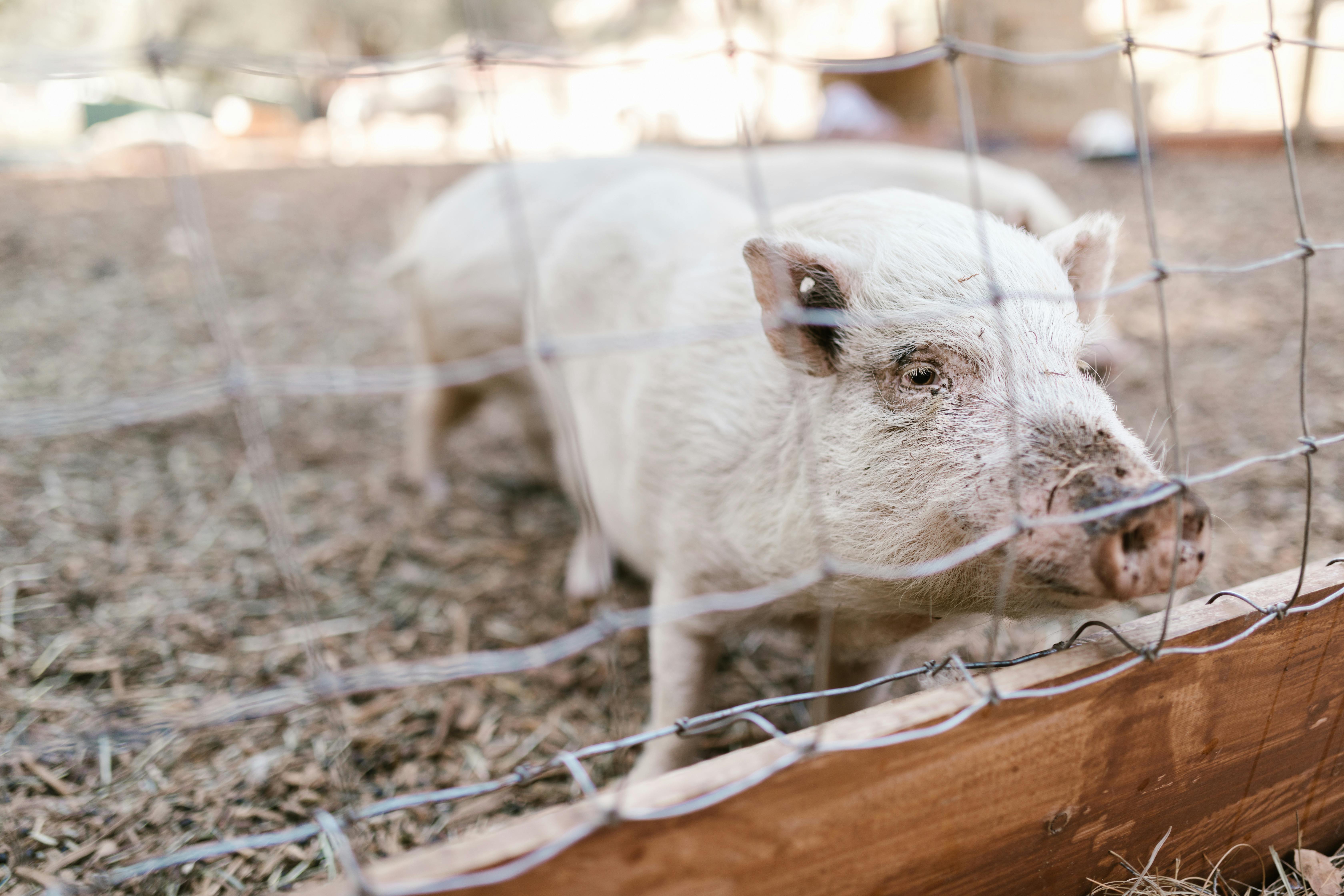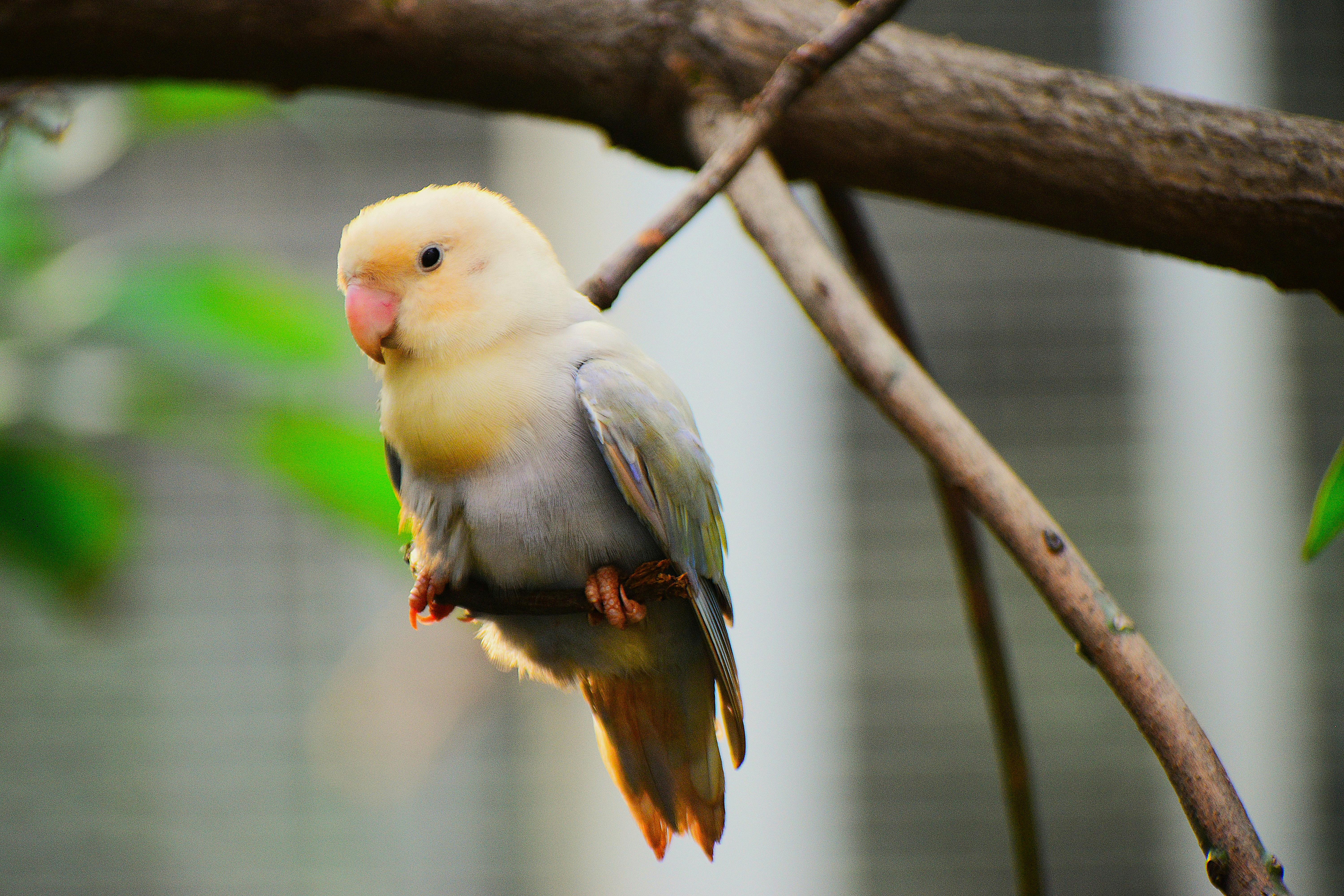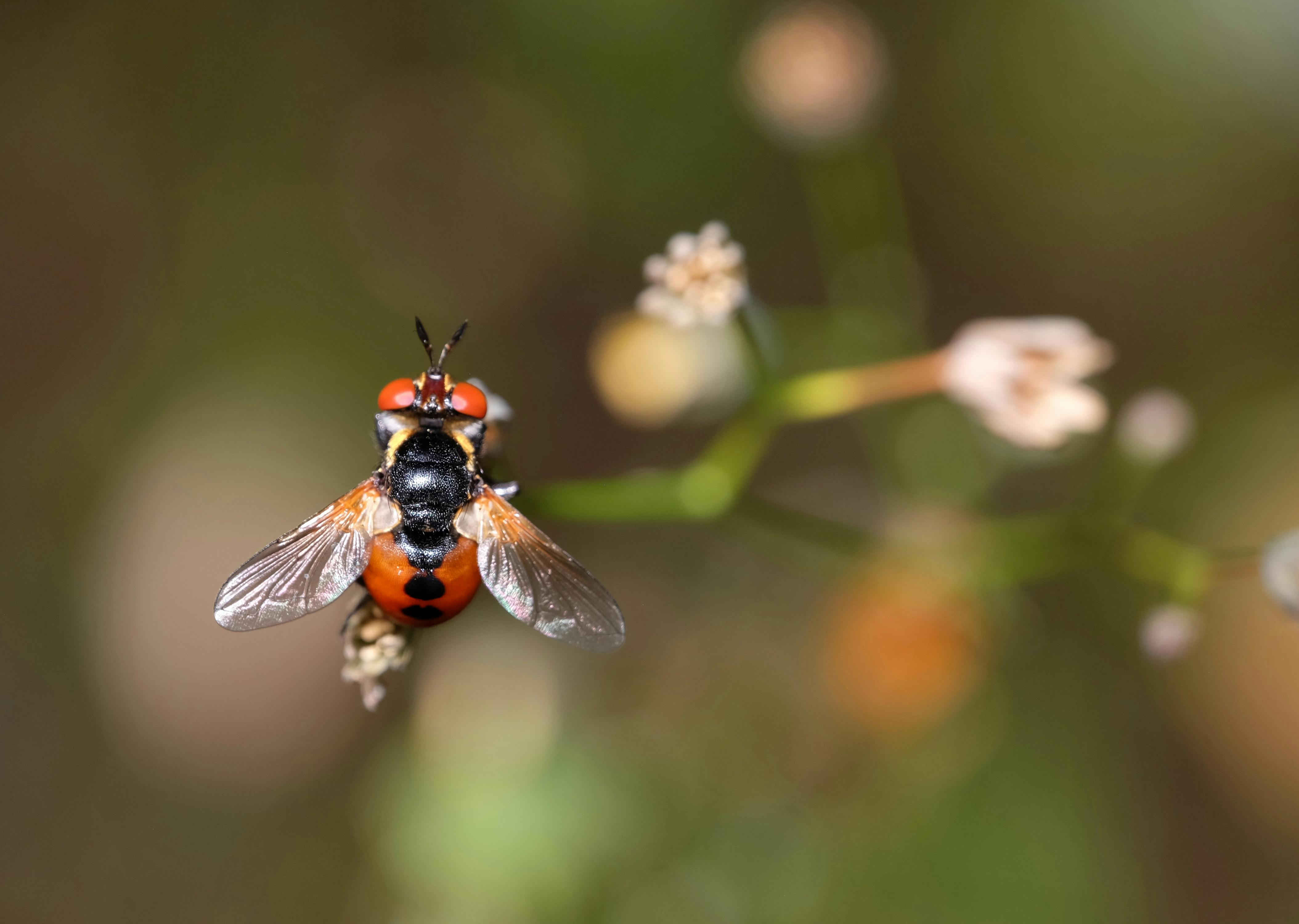
Essential Guide to Keeping Clown Fish Freshwater in 2025
Clown fish, known for their vibrant colors and fascinating behavior, have become increasingly popular among aquarium enthusiasts. Often seen in coral reefs, some species of clown fish are adaptable enough to thrive in freshwater environments. In this guide, we will explore how to properly care for freshwater clown fish including their habitat requirements, health care, feeding habits, and more. Whether you’re a seasoned aquarist or a beginner, understanding these freshwater aquarium fish is crucial for a healthy and vibrant clown fish population in your home tank.
This article will provide you with essential insights, from clown fish care to compatibility with other freshwater fish. You’ll learn about the various species, their unique characteristics, and the best practices for setting up a clown fish tank that ensures your aquatic pets flourish. By the end, you will have a roadmap for maintaining a healthy community aquarium with these remarkable fish as the centerpiece.
Here are the key takeaways: you will gain knowledge about clown fish species, their dietary needs, proper tank setup, and reliable tank mates to create a harmonious environment. Let's dive into the fascinating world of clown fish!
Understanding Clown Fish Habitat Requirements
Creating a suitable clown fish habitat is critical for their health and happiness. Clown fish thrive in environments that mimic their natural habitats, which mainly consist of warm waters filled with shelters such as anemones. However, for a freshwater aquarium setting, it is important to establish conditions that replicate these features as closely as possible.
The ideal tank for clown fish should be at least 20 gallons, ensuring ample space for swimming and exploring. Optimal water temperature for clown fish ranges from 72°F to 78°F (22°C to 26°C), with a pH level between 6.5 and 8.5. Regular testing of your tank’s water parameters will help maintain these optimal conditions.
Additionally, using appropriate filtration systems will aid in keeping the water clean, which is essential for preventing diseases affecting clown fish. Plants like Java fern and Anubias can be incorporated as they provide hiding places and contribute to better water quality.
With these basic tank conditions established, let’s move on to clown fish care to ensure they thrive in your aquarium.
Clown Fish Care: Tips and Best Practices
Understanding clown fish care involves recognizing their physiological needs and behavioral traits. These tropical freshwater fish are known for their social nature, so keeping them in pairs or small groups enhances their happiness. Male and female clown fish generally form a bond, and introducing compatible tank mates, such as certain types of shrimp or peaceful community fish, can create a lively aquatic environment.
Feeding clown fish is another critical aspect of their care. They are omnivores, which means their diet should consist of high-quality pellets, flakes, frozen, and live foods. A balanced clown fish diet might include brine shrimp, daphnia, and specialized clown fish food designed to meet their nutritional needs. It's essential to feed them in moderation to avoid overfeeding, which can lead to health issues.
Moreover, regular observation is key. Monitoring the clown fish for signs of stress or illness can be advantageous in preventing potential health crises. Common diseases affecting clown fish include ich and fin rot, which can be managed effectively with proper aquarium maintenance and medication.
Now that we’ve covered clown fish care, the next vital aspect is understanding their breeding habits.
Clown Fish Breeding: What You Need to Know
Breeding clown fish can be an exciting venture for freshwater aquarium enthusiasts. Understanding the clown fish lifecycle is essential for anyone interested in successfully breeding these fish. Clown fish reach sexual maturity after about 1 year, and typically they spawn during their breeding cycle, which can occur multiple times throughout the year.
A breeding pair will create a nest near a suitable surface, which can be an artificial rock or any flat surface in your tank. Females generally lay around 100-1,500 eggs, and males will take on the role of guarding and caring for these eggs until they hatch, which can be anywhere from 6 to 10 days after laying.
In order to ensure successful breeding, provide the right conditions; maintain stable water parameters, enhance the tank’s environment with hiding spots, and ensure the presence of anemones or other non-aggressive companions. Fish fry will need specific care until they grow to maturity, including appropriate feeding and protective measures from larger fish.
This naturally leads us to the importance of maintaining healthy clown fish, which can significantly influence their breeding success and overall wellbeing.
Maintaining Clown Fish Health and Wellbeing
Maintaining clown fish health is imperative for their longevity and vitality. Regular tank maintenance plays a significant role in keeping your clown fish in top condition. It’s essential to perform water changes of about 10-15% every week, which helps manage the buildup of waste and toxins.
Monitor for potential signs of clown fish diseases like white spot disease or fin rot, which are often treatable with appropriate medications available at aquarium stores. In addition to disease prevention, maintaining a stable tank environment—consistent temperature, filtration, and cleanliness—can bolster clown fish health significantly.
Furthermore, understanding clown fish personality traits can enhance interactions in the tank. They typically exhibit playful behavior, often engaging with their tank environment, and having compatible tank mates can promote a balanced ecosystem. This can be executed by carefully selecting community fish with clown fish that share similar care requirements and temperamental compatibility.
As we deepen our understanding of clown fish, we can turn to their unique colors and types, which play a substantial role in their popularity amongst aquarists.
Exploring the Types and Colors of Clown Fish
There are numerous clown fish species available in the aquarium trade, each exhibiting distinct traits, colors, and behaviors. Among the most popular species is the Orange Clown Fish, which is renowned for its striking orange coloration with white bands. The Black Clown Fish, on the other hand, offers a dramatic look, with black and white coloration that distinguishes it from other variants.
Also called ‘anemone fish’, clown fish have a unique relationship with anemones in nature. Clown fish learn to ignore the stinging tentacles of their host anemones, providing them a safe haven from predators while offering the anemone protection from herbivores. This fascinating interaction can be simulated in aquariums, providing both species added safety and comfort.
When selecting clown fish for sale at pet stores, inquire about their compatibility with other fish and take care to choose only healthy specimens. Understanding the types of clown fish alongside their characteristics is vital in ensuring a successful introduction into your tank, which can further enhance your aquarium experience.

Setting Up the Perfect Clown Fish Aquarium
Setting up a clown fish aquarium requires careful planning and adherence to specific clown fish tank conditions. Start by selecting the right tank size; for clown fish, a minimum of 20 gallons is recommended, allowing sufficient space for movement and growth.
When preparing the aquarium, consider using a quality substrate that promotes biological filtration, alongside decorations and plants that provide shelter and nesting areas. Aim for robust filtration to maintain clean water, while also ensuring that lights used in freshwater reef aquariums are suitable for the types of plants and fish you intend to keep.
Transitioning to the cycling process is essential. Before introducing clown fish to their new environment, it is vital to develop beneficial bacteria that aid in breaking down waste products. Make use of high-quality test kits to monitor your water parameters continuously, keeping the environment stable for your fish.
In conclusion, following these guidelines will provide a safe and enriching habitat for clown fish, promoting their health and vibrant coloration. To solidify your knowledge and help you with any further questions you may have about these colorful creatures, let’s address some common inquiries.

Q&A Section: Common Questions About Clown Fish
1. Can clown fish live in freshwater?
Yes, certain species of clown fish can adapt to freshwater environments, but they require specific conditions and care to thrive.
2. What size tank is best for clown fish?
A minimum tank size of 20 gallons is ideal for keeping clown fish, as it allows adequate swimming space and stable water conditions.
3. What do clown fish eat?
Clown fish are omnivores and thrive on a diet consisting of high-quality pellets, flakes, and live or frozen foods such as brine shrimp and daphnia.
4. How can I tell if my clown fish is sick?
Signs of illness can include loss of appetite, abnormal swimming motion, or visible lesions. Regular observation and water testing are crucial for early detection.
5. What are good tank mates for clown fish?
Clown fish can cohabitate with peaceful community fish such as certain types of tetras, gobies, and even peaceful shrimp species, provided the tank conditions are suitable.